Die Wahl der richtigen Ski kann dein Bergerlebnis entscheidend beeinflussen. Hier ist eine kurze Übersicht der drei Hauptskiarten und wann man sie verwendet:
- All-Mountain Skis (85–100 mm Taillenbreite): Am besten für Vielseitigkeit auf präparierten Pisten und leichtem Powder. Ideal für Skifahrer, die eine Mischung aus Gelände mögen.
- Freeride Skis (104 mm+ Taillenbreite): Perfekt für Off-Piste und lockeren Schnee, aber auch auf präparierten Pisten leistungsfähig.
- Powder Skis (108 mm+ Taillenbreite): Entwickelt für tiefen Schnee mit maximalem Auftrieb, ideal für Backcountry und unberührten Powder.
Schneller Vergleich
| Skityp | Taillenbreite | Bestes Gelände | Hauptmerkmale |
|---|---|---|---|
| All-Mountain | 85–100 mm | Präparierte Pisten, leichter Powder | Vielseitig, ausgewogen für gemischtes Gelände |
| Freeride | 104 mm+ | Steiles, variables Gelände abseits der Piste | Stabilität im gemischten Schnee, agiles Design |
| Pulverschnee | 108 mm+ | Tiefer, unberührter Schnee | Maximaler Auftrieb, Rocker für tiefen Powder |
Profi-Tipp: Wählen Sie Ihren Skityp passend zum geplanten Gelände und Ihrem Können für die beste Performance auf der Piste.
Designmerkmale der einzelnen Skitypen
Freeride-Ski: Für steiles und variables Gelände entwickelt
Freeride-Ski glänzen im Gelände abseits der Piste, bieten exzellenten Auftrieb im Powder und bleiben auf gemischtem Terrain wendig. Ihre Konstruktion kombiniert typischerweise Camber unter dem Fuß für Stabilität mit Rocker an Spitze und Ende für Agilität. Ein gutes Beispiel ist der Atomic Bent Chetler 120, mit Maßen von 143-120-134 mm und einem Kurvenradius von 19 Metern, der seine Fähigkeit unterstreicht, steile und unvorhersehbare Hänge zu meistern.
All-Mountain-Ski: Vielseitig für gemischte Bedingungen
All-Mountain-Ski sind die erste Wahl für Skifahrer, die sowohl präparierte Pisten als auch leichtes Gelände abseits der Piste befahren. Sie bieten mit einem Rocker-Camber-Profil eine ausgewogene Anpassung an wechselnde Bedingungen. Zum Beispiel zeigt der Salomon QST Blank (137-112-126 mm, 16 Meter Kurvenradius) diese Vielseitigkeit, da er auf hartem Schnee gut performt und dennoch weicheres, unebenes Gelände bewältigen kann.
Powder-Ski: Für Tage mit tiefem Schnee gebaut
Powder-Ski sind darauf ausgelegt, im Tiefschnee maximalen Auftrieb zu bieten. Mit extra breiten Spitzen (140–155 mm), Taillenbreiten von 110–140 mm und breiten Enden (125–140 mm) sind sie speziell für weiche, fluffige Bedingungen konzipiert. Nehmen Sie zum Beispiel den DPS Carbon Lotus 124 – er hat Maße von 140-124-130 mm und einen Kurvenradius von 23 Metern, was ihn zur Top-Wahl für Powder-Enthusiasten macht (Preis: 1.696 $). Einige Powder-Ski, wie der Blizzard Rustler 11, sind steifer, um auf härterem Schnee besser zu funktionieren. Mit einer Taille von 112 mm und einem moderaten Kurvenradius von 19 Metern bietet er eine Mischung aus Tiefschnee-Performance und vielseitiger Einsetzbarkeit, ideal für fortgeschrittene Skifahrer.
Beste Einsatzbereiche und Geländetypen
Freeride-Ski für steiles und technisches Gelände
Freeride-Ski glänzen bei Off-Piste-Abenteuern und sind perfekt, um steile Rinnen zu bewältigen, felsige Abschnitte zu navigieren und sich an wechselnde Schneebedingungen anzupassen. Sie verbinden die Stabilität von Alpinski mit der Agilität von Freestyle-Modellen, bieten exzellenten Auftrieb im Powder und präzise Kantentechnik auf härteren Untergründen. Das macht sie zur ersten Wahl für fortgeschrittene Skifahrer, die es lieben, über die Grenzen des Skigebiets hinaus zu erkunden.
All-Mountain-Ski auf präparierten Pisten und leichtem Powder
All-Mountain-Ski sind dafür gemacht, eine Vielzahl von Bedingungen in Skigebieten zu bewältigen. Ob Sie nun auf präparierten Pisten cruisen oder in leichten Powder eintauchen, diese Ski bieten eine hervorragende Balance zwischen Stabilität und Wendigkeit. Sie sind ideal für Fahrer, die meist auf gepflegten Pisten bleiben, aber gelegentlich abseits der Piste unterwegs sind.
Powder-Ski im Tiefschnee
Powder-Ski sind mit einem Ziel gebaut: tiefen, unberührten Schnee zu bezwingen. Mit ihrem Design, das auf maximalen Auftrieb ausgelegt ist, sind sie in abgelegenen, powdergefüllten Gebieten unschlagbar. Auf präparierten Pisten sind sie jedoch weniger effektiv.
Hier ist eine kurze Übersicht über das Gelände und die Leistungseigenschaften der einzelnen Skitypen:
| Skityp | Bestes Gelände | Optimale Bedingungen | Wichtige Leistungsmerkmale |
|---|---|---|---|
| Freeride | Steile Rinnen, wechselnder Off-Piste | Gemischte Schneebedingungen | Vielseitige Leistung, stabil bei Geschwindigkeit |
| All-Mountain | Pistenabfahrten, leichter Off-Piste | Präpariert bis leichter Powder | Ausgewogene Leistung, anpassungsfähig |
| Pulverschnee | Backcountry-Schüsseln, tiefer Schnee | Unberührter Powder | Maximale Auftriebskraft, speziell für Powder |
Den Skityp dem Können anpassen
Freeride-Ski: Für fortgeschrittene Skifahrer
Freeride-Ski sind für fortgeschrittene technische Fähigkeiten konzipiert. Sie erfordern präzise Kantentechnik, schnelle Entscheidungsfindung und fachkundige Gewichtsverlagerung, um steiles, unvorhersehbares Gelände und wechselnde Schneebedingungen zu meistern. Diese Ski werden auch von Skifahrern bevorzugt, die Lawinen- und Backcountry-Sicherheit priorisieren, da das Navigieren in solchen Umgebungen ein hohes Maß an Können und Aufmerksamkeit verlangt. Die Beherrschung von Freeride-Ski bedeutet, sich auf steilen Hängen sicher zu fühlen und die Kontrolle bei hohen Geschwindigkeiten zu behalten.
All-Mountain-Ski: Ideal für fortgeschrittene Skifahrer
All-Mountain-Ski sind eine bevorzugte Wahl für Skifahrer, die vom mittleren zum fortgeschrittenen Niveau aufsteigen. Mit einer Taillenbreite von typischerweise 80 bis 95 mm bieten diese Ski eine Balance zwischen Stabilität und Vielseitigkeit. Sie überzeugen auf verschiedenen Terrains, bieten genug Auftrieb im leichten Powder und behalten gleichzeitig exzellenten Kantengriff auf präparierten Pisten. Als Mischung aus Racecarvern und Freeride-Ski sind All-Mountain-Ski perfekt für alle, die ihre Technik verbessern und anspruchsvollere Hänge erkunden möchten. Für Skifahrer, die tiefen Schnee bewältigen wollen, sind Powder-Ski jedoch die bessere Wahl.
Powder-Ski: Für Experten gemacht
Powder-Ski sind spezialisierte Werkzeuge, die für erfahrene Skifahrer entwickelt wurden, die in tiefem Schnee aufblühen. Mit Breiten zwischen 98 mm und 125 mm und einem ausgeprägten Rocker-Profil sind diese Ski darauf ausgelegt, mühelos im Powder zu schweben. Ihre besonderen Eigenschaften können jedoch für weniger erfahrene Skifahrer schwierig zu handhaben sein, da Breite und Form eine verfeinerte Technik und umfangreiche Übung erfordern. Für Experten eröffnen Powder-Ski unvergleichliche Leistung in Regionen mit starkem Schneefall, wie dem Pazifischen Nordwesten und Alaska, wo tiefer Powder die Norm ist.
3 Skitypen für 3 Skifahrertypen
sbb-itb-17ade95
Snowfeet Skiblades: Kurze Ski-Optionen
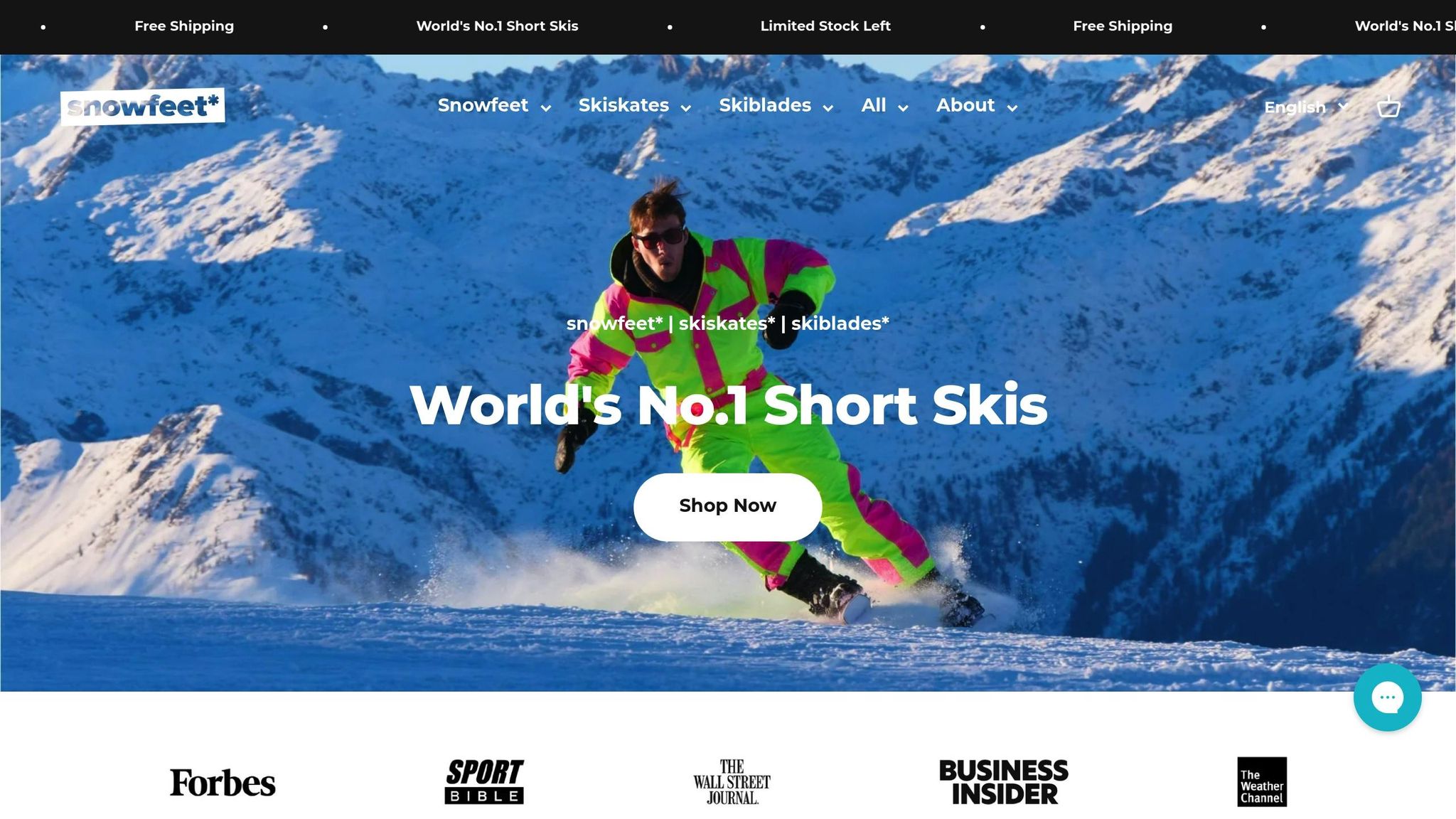
Snowfeet Skiblades vereinen Agilität und Komfort und bieten die wichtigsten Vorteile des Skifahrens in einem kompakten und einfach zu handhabenden Design.
65 cm Snowfeet: Entwickelt für schnelle Kurven und Park-Spaß
Die 65 cm Skiblades sind perfekt für Terrain-Parks und enge Räume. Ihre ultrakurze Länge und das geringe Schwunggewicht machen sie ideal für scharfe Kurven und Lufttricks. Das Twin-Tip-Design ermöglicht sanftes Switch-Riding, während die einzigartigen Bindungen mit normalen Schneeschuhen funktionieren – keine sperrigen Skischuhe nötig. Diese Skiblades sind ideal für:
- Terrain-Park-Features und Sprünge
- Schnelle Kantwechsel auf Buckelpisten
- Städtische Skiabenteuer
- Die Grundlagen des Skifahrens lernen
99 cm Snowfeet: Vielseitigkeit auf gemischtem Terrain
Die 99 cm Skiblades bieten eine perfekte Balance zwischen Wendigkeit und Stabilität. Mit einer Taillenbreite von etwa 85 mm und einem ausgewogenen Flex überzeugen sie unter verschiedenen Bedingungen. Ob du auf präparierten Pisten carvest oder leichten Pulverschnee meisterst, diese Skiblades liefern zuverlässige Leistung.
| Geländetyp | Leistungs-Highlights |
|---|---|
| Präparierte Pisten | Ausgezeichneter Kantengriff und sanftes Carving |
| Leichter Powder | Ausreichender Auftrieb für Schnee bis zu 15 cm |
| Variable Bedingungen | Stabil und wendig im gemischten Gelände |
120 cm Snowfeet: Kurze Ski für Powder-Tage
Das 120-cm-Modell ist für diejenigen konzipiert, die tieferen Schnee mit Vertrauen bewältigen wollen. Mit einer breiteren Taille, einem Rocker-Profil und weiter hinten montierten Bindungen halten diese skiblades die Spitzen im Powder oben. Die konische Form reduziert außerdem das Risiko, in unebenem Schnee Kanten zu fangen. Sie glänzen in:
- Pulverschnee bis zu 30 cm tief
- Off-Piste-Erkundungen
- Gemischte Schneebedingungen
- All-Mountain-Abenteuer
"Mit diesen kleinen Ski fühlt man sich viel agiler, schneller und vor allem – komfortabel. Keine Schnallen, keine schweren Stiefel – einfach anschnallen und losfahren."
– Jakub F, Snowfeet Influencer
Im Gegensatz zu traditionellen Ski von Marken wie Atomic oder Head sind Snowfeet skiblades 30-60 % leichter, was sie einfach macht, im Standardgepäck zu verstauen. Dieses leichte Design spart nicht nur Reisekosten, sondern macht sie auch zur praktischen Wahl für städtische und reisefokussierte Skifahrer.
Beste Ski für US-Bergregionen
Die Wahl der richtigen Ski hängt nicht nur von Design und Leistung ab – es geht auch darum, sie an das einzigartige Gelände und Klima der verschiedenen US-Bergregionen anzupassen.
Freeride-Ski für Rockies und Sierra
Die rauen Landschaften der Rockies und Sierra Nevada verlangen nach Freeride-Ski, die steiles, anspruchsvolles Gelände bewältigen können. Diese Ski sind speziell für Vielseitigkeit konzipiert, glänzen bei technischen Abfahrten und passen sich nahtlos an schnelle Veränderungen der Schneebedingungen und Hangneigungen an.
All-Mountain-Ski für Nordosten und Mittleren Westen
Im Nordosten und Mittleren Westen, wo harter Schnee und Eisflächen häufig sind, zeigen All-Mountain-Ski ihre Stärken. Ihr Design sorgt für zuverlässige Leistung unter verschiedenen Bedingungen und macht sie zu Favoriten in diesen Regionen.
| Bedingungstyp | Vorteile von All-Mountain-Ski |
|---|---|
| Präparierte Pisten | Überlegener Kantengriff für festeren Schnee |
| Gemischtes Gelände | Ausgewogenes Handling auf unebenem Untergrund |
| Eisflächen | Moderate Taillenbreite für bessere Stabilität |
| Frühlingsbedingungen | Rocker-Camber-Rocker-Profil passt sich leicht an |
Für Gebiete mit konstantem Schneefall, wie den Pazifischen Nordwesten und Alaska, liegt der Fokus auf speziell für tiefen Powder gebauten Skiern.
Powder-Ski für den Pazifischen Nordwesten und Alaska
Der Pazifische Nordwesten und Alaska sind bekannt für ihren unglaublichen Schneefall, was Powder-Ski unverzichtbar macht. Zum Beispiel verzeichnet Mt. Baker in Washington jährlich erstaunliche 650–700 Zoll Schnee, während Alyeska in Alaska über 650 Zoll pro Jahr aufweist. Powder-Ski sind essenziell, um sich in diesen schneereichen Landschaften zurechtzufinden und bieten unvergleichlichen Auftrieb und Kontrolle. Die Chugach Mountains bei Girdwood, Alaska, bieten über 700.000 Acres Backcountry-Gelände, wo diese Ski wirklich glänzen.
| Ort | Durchschnittlicher Jahres-Schneefall |
|---|---|
| Mt. Baker, WA | 650–700 Zoll |
| Alyeska, AK | 650+ Zoll |
| Mammoth Mountain, CA | 400 Zoll (Basis) |
Die Saison 2022–23 war besonders beeindruckend, mit Mammoth Mountain, das 700 Zoll am Fuß und 900 Zoll am Gipfel verzeichnete. Palisades Tahoe übertraf ebenfalls die Erwartungen und überstieg seinen typischen Durchschnitt von 400 Zoll mit über 700 Zoll Schnee.
So wählst du deinen besten Skityp aus
Bei der Wahl der Ski ist es wichtig, die Breite und Flexibilität an dein Können und das Terrain anzupassen, das du befahren möchtest. Hier ist eine kurze Übersicht der Skitypen und ihrer idealen Einsatzbereiche:
| Skityp | Breite unter dem Fuß | Am besten geeignet für |
|---|---|---|
| Piste/Rennen | 65–80mm | Präparierte Pisten und schnelles, präzises Carving |
| All-Mountain | 80–90mm | Vielseitigkeit auf gemischtem Terrain |
| Freeride | 90–115mm | Abenteuer abseits der Piste und unvorhersehbarer Schnee |
| Pulverschnee | 110mm+ | Tiefer Schnee und Backcountry-Ski |
Diese Tabelle vereinfacht die Entscheidungsfindung und hilft dir, die richtige Ski-Breite mit deinem bevorzugten Stil zu kombinieren. Zum Beispiel sind schmale, camber Ski perfekt, um durch präparierte Pisten zu schneiden, während breitere Ski mit Rocker-Profilen im tiefen Powder glänzen.
Gelände-spezifische Ski-Performance
Jede Art von Gelände profitiert von spezifischen Ski-Eigenschaften:
- Präparierte Pisten: Schmale Ski mit Camber bieten hervorragenden Kantengriff und Stabilität.
- Gemischte oder variable Bedingungen: All-Mountain-Ski mit Hybrid-Rocker-Camber-Design bewältigen unterschiedliche Gelände mühelos.
- Deep Powder: Breite Ski mit ausgeprägtem Rocker schweben mühelos im frischen, tiefen Schnee.
Short Skis für Portabilität und Agilität
Short skis sind eine fantastische Option für alle, die einfache Handhabung und Portabilität suchen. Snowfeet bietet mehrere Optionen, die auf unterschiedliche Bedürfnisse zugeschnitten sind:
- 65cm Skiblades (400 $): Perfekt für schnelle Kurven und Parktricks.
- 99cm Skiblades (450 $): Eine vielseitige Wahl für gemischtes Gelände.
- 120cm Short Skis (650 $): Entwickelt, um Powder mit Selbstvertrauen zu meistern.
Flex: Der Schlüssel zu Kontrolle und Komfort
Der Flex des Skis spielt ebenfalls eine große Rolle für dein Erlebnis. Ein weicher Flex ist nachgiebig und ideal für Anfänger, während ein steifer Flex die Präzision und Kontrolle bietet, die fortgeschrittene Skifahrer schätzen. Das Testen von Ski vor dem Kauf kann dir helfen, das richtige Maß an Reaktionsfähigkeit für deinen Stil zu finden.
Behalte schließlich deine lokalen Bedingungen im Auge. Zum Beispiel erfordert der tiefe Pulverschnee im pazifischen Nordwesten eine andere Ausrüstung als der festere Schnee, der in den Skigebieten im Nordosten üblich ist. Richte deine Skiwahl sowohl nach dem Gelände als auch nach deinen persönlichen Vorlieben beim Skifahren aus, um das Beste aus deiner Zeit auf der Piste herauszuholen.
FAQs
Was ist der Unterschied zwischen All-Mountain-, Freeride- und Powder-Ski, und wie wähle ich basierend auf meinem Können aus?
Die Wahl der richtigen Ski – ob All-Mountain, Freeride oder Powder – hängt von deinem Können und dem Gelände ab, das du am meisten liebst.
- All-Mountain-Ski sind die ultimative Allround-Option. Sie eignen sich für alle, von Anfängern bis zu fortgeschrittenen Skifahrern, und meistern so gut wie alles: präparierte Pisten, gemischte Bedingungen und sogar leichten Pulverschnee. Wenn Vielseitigkeit dein Ziel ist, sind diese eine solide Wahl.
- Freeride-Ski sind für diejenigen gebaut, die Off-Piste-Abenteuer suchen. Perfekt für fortgeschrittene bis Experten-Skifahrer, glänzen sie im Tiefschnee und auf steilen Hängen. Allerdings erfordern sie etwas mehr Können, um sie in schwierigen Situationen zu beherrschen.
- Powder-Ski sind deine erste Wahl für tiefen, fluffigen Schnee. Mit ihrer breiteren Bauweise und dem Rocker-Shape gleiten sie mühelos durch den Powder. Allerdings sind sie nicht so anpassungsfähig auf präparierten Pisten, weshalb sie am besten für fortgeschrittene und erfahrene Skifahrer geeignet sind, die Powder-Tage priorisieren.
Wenn du neu im Skifahren bist oder ein einziges Paar suchst, das alles kann, sind All-Mountain-Ski der richtige Weg. Wenn du jedoch Nervenkitzel im Backcountry-Gelände oder Tiefschnee suchst, bieten dir Freeride- oder Powder-Ski die Leistung, die du brauchst.
Was ist der Unterschied zwischen Freeride-Ski und Powder-Ski im Umgang mit Tiefschnee?
Freeride-Ski und Powder-Ski sind beide für Tiefschnee konzipiert, dienen jedoch leicht unterschiedlichen Zwecken, je nachdem, wie und wo du gerne fährst. Freeride-Ski sind bekannt für ihre Vielseitigkeit. Mit einer Taillenbreite von typischerweise über 100 mm und einem ausgeprägten Rocker-Profil bieten sie eine Balance zwischen Auftrieb im Powder und Stabilität auf gemischtem oder unebenem Gelände. Das macht sie zu einer soliden Wahl für Skifahrer, die gerne verschiedene Bedingungen meistern, von weichem Powder bis hin zu festerem, kompakterem Schnee.
Powder-Ski hingegen sind ganz auf Leistung im Tiefschnee ausgelegt. Diese Ski sind breiter als Freeride-Modelle und verfügen über ein aggressiveres Rocker-Profil, das ihnen hervorragenden Auftrieb und mühelose Manövrierfähigkeit im weichen, fluffigen Schnee verleiht. Wenn dein Hauptziel ist, mühelos durch frischen Pulverschnee zu carven, sind Powder-Ski die perfekte Wahl.
Können Snowfeet skiblades dieselben Gelände bewältigen wie All-Mountain- oder Powder-Ski?
Snowfeet skiblades zeichnen sich durch ihr kompaktes Design und ihre Vielseitigkeit aus, was sie zu einer großartigen Option für verschiedene Geländearten macht. Sie glänzen auf präparierten Pisten und gemischten Bedingungen, sind jedoch nicht dafür gebaut, tiefen Pulverschnee mit der gleichen Leichtigkeit wie traditionelle Powder-Ski zu bewältigen, die speziell entwickelt wurden, um besseren Auftrieb und Stabilität zu bieten. Ebenso sind All-Mountain-Ski mit ihrer längeren Länge und größeren Oberfläche darauf ausgelegt, auf unterschiedlichen Geländearten gut zu performen und bei höheren Geschwindigkeiten Stabilität zu gewährleisten.
Was Snowfeet skiblades auszeichnet, ist ihre einzigartige Kombination aus Portabilität und Agilität. Sie sind perfekt für Skifahrer, die ein leichtes und spaßiges Erlebnis gegenüber traditionellen Setups bevorzugen. Diese skiblades sind besonders ideal zum Carven auf hartem Schnee oder zum Navigieren in engen, technischen Gelände, wo schnelle, präzise Bewegungen entscheidend sind.

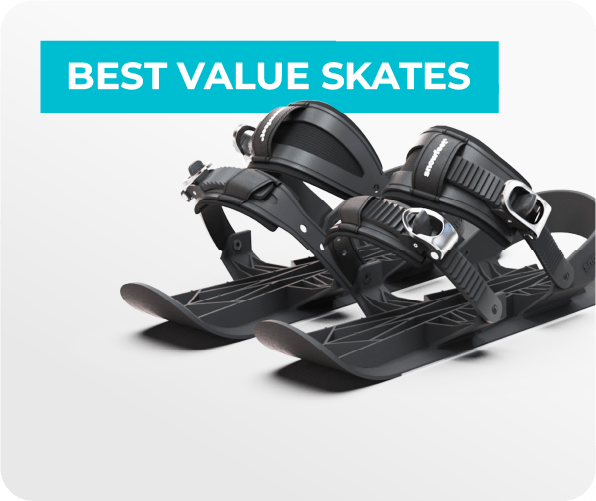
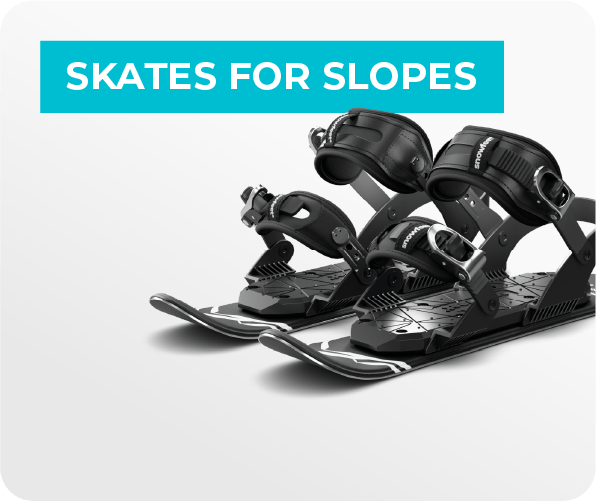
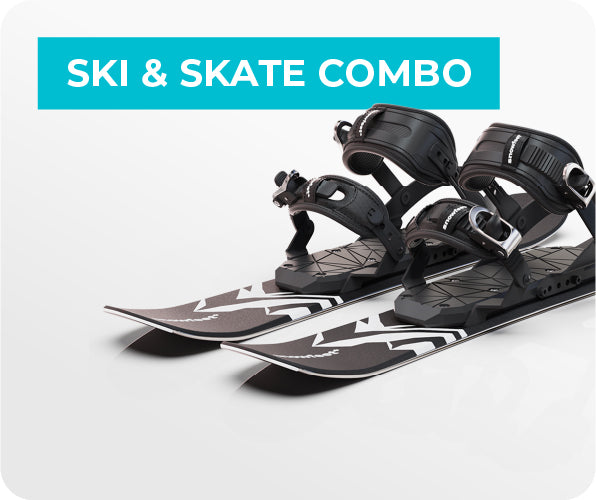
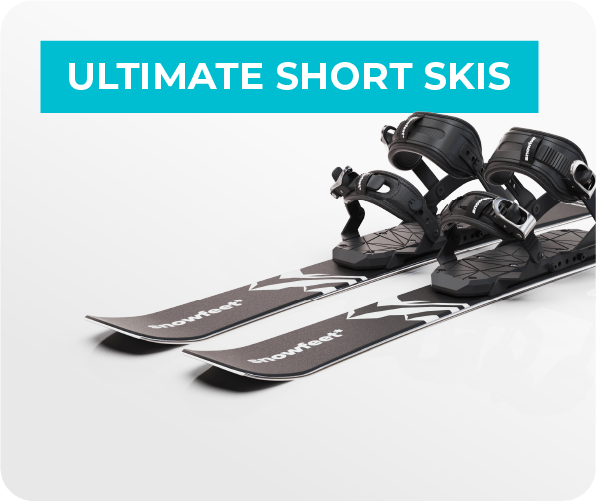
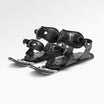
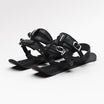
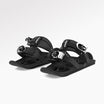
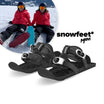
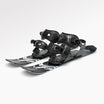
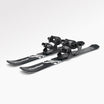
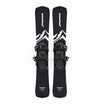
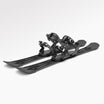
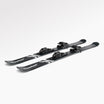
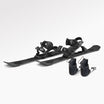
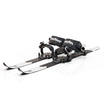
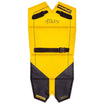
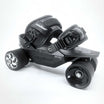

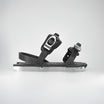
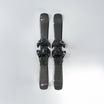
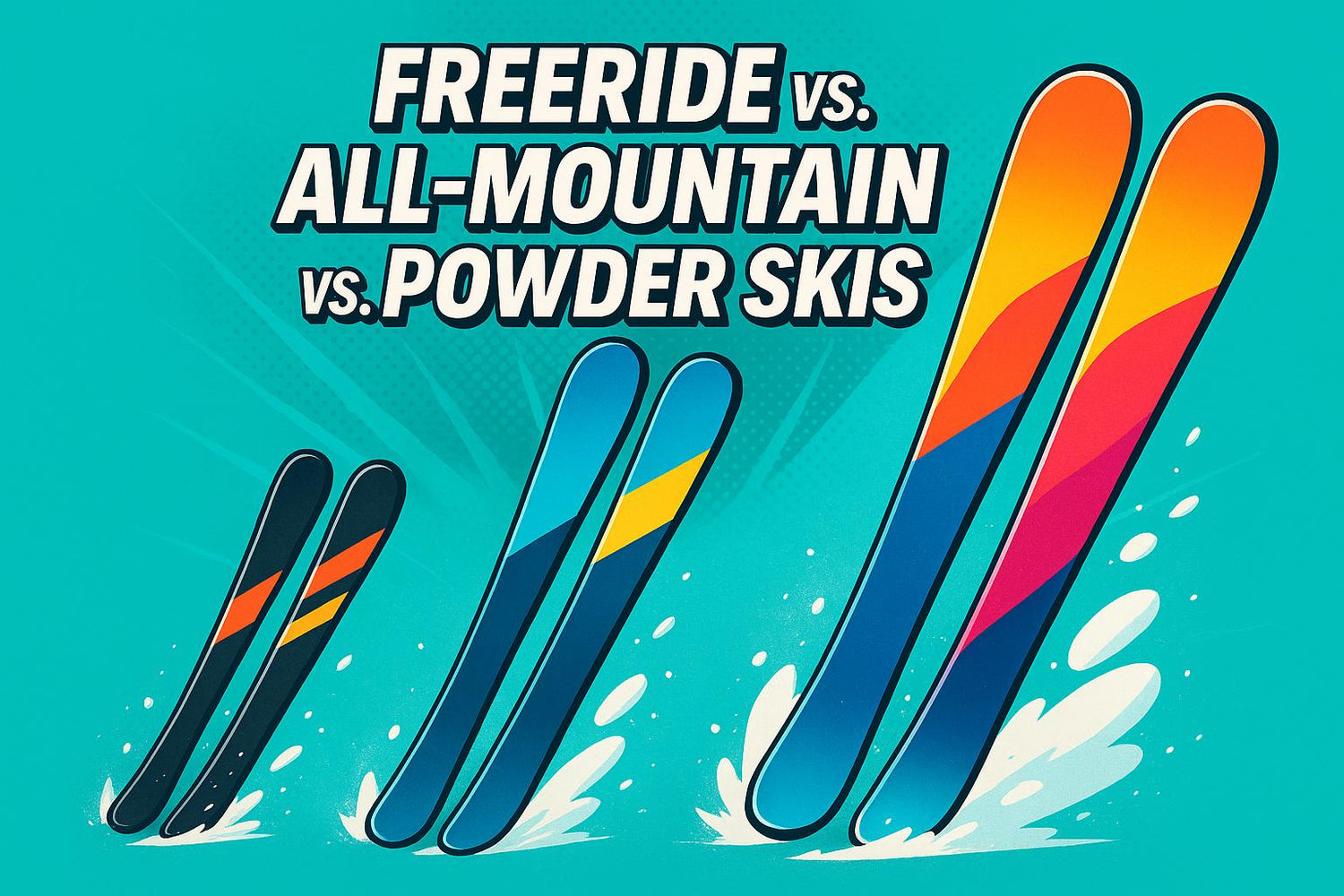
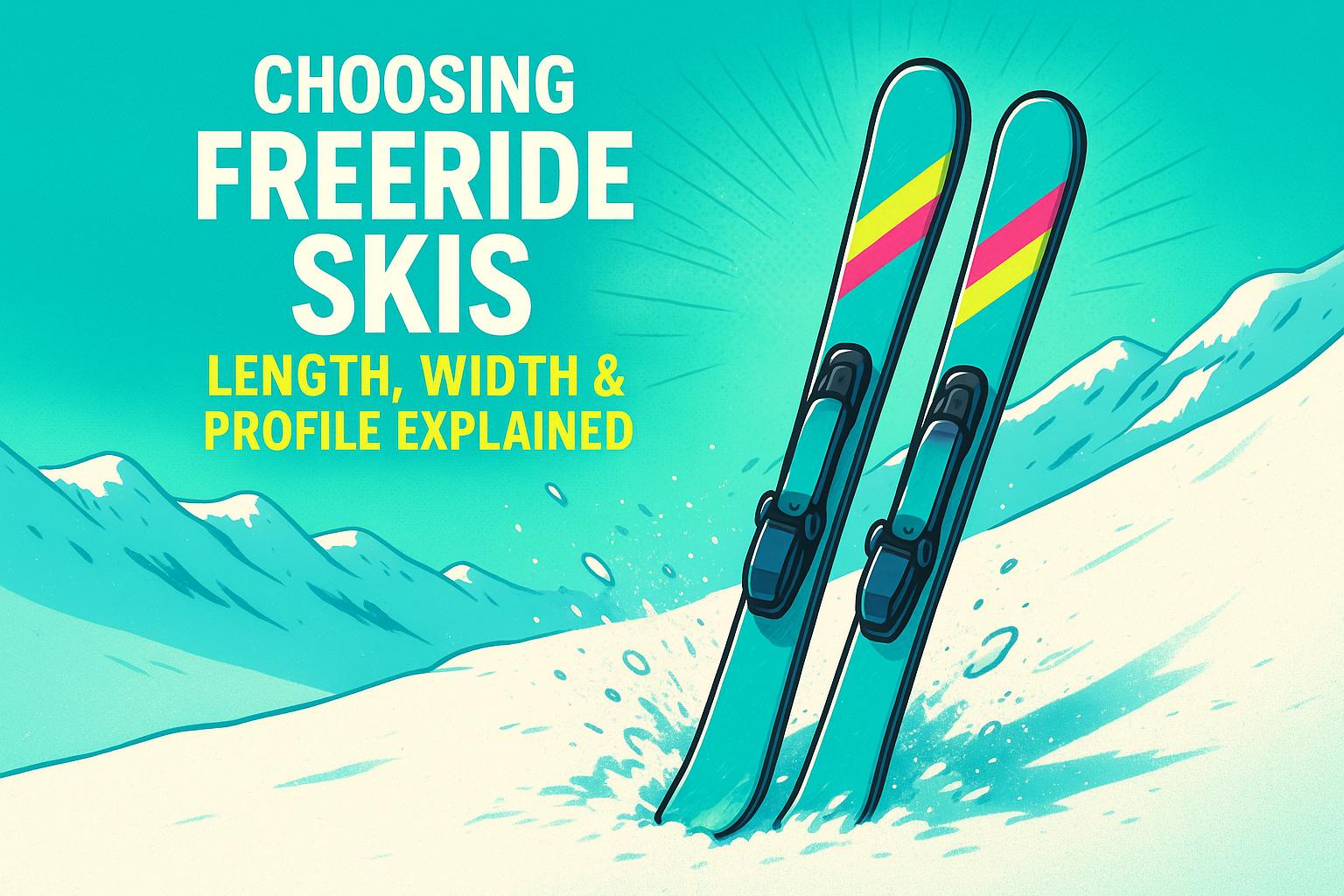
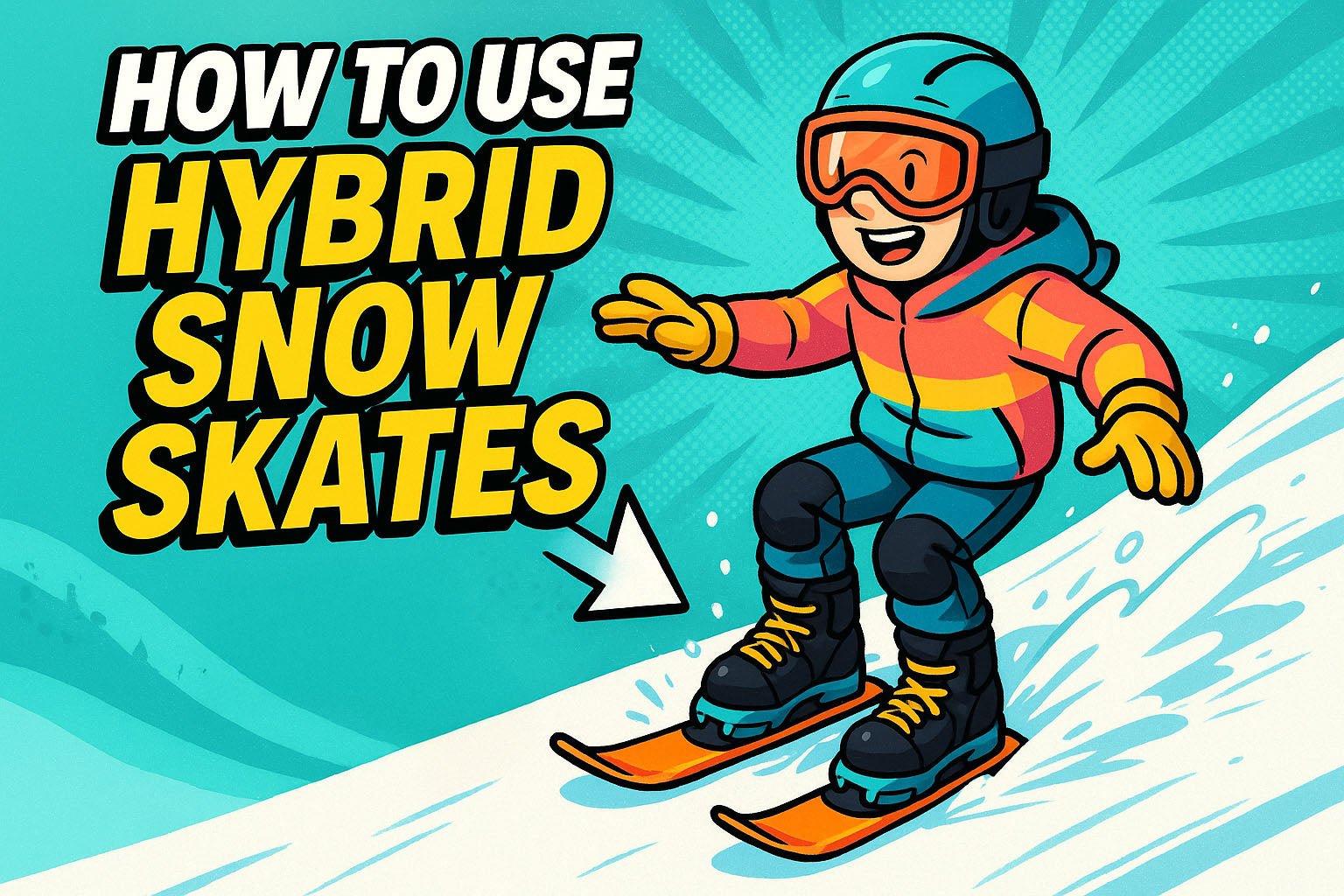
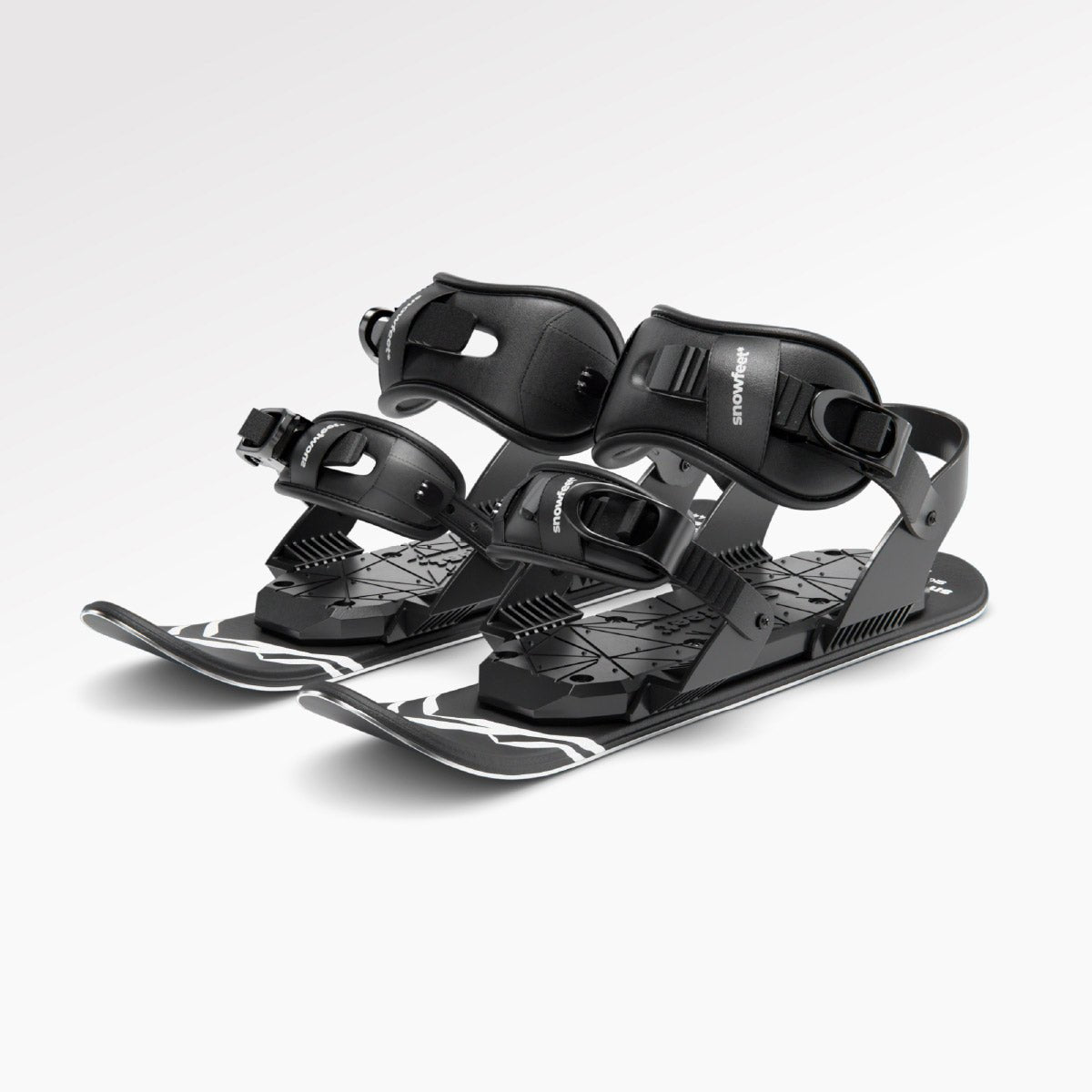
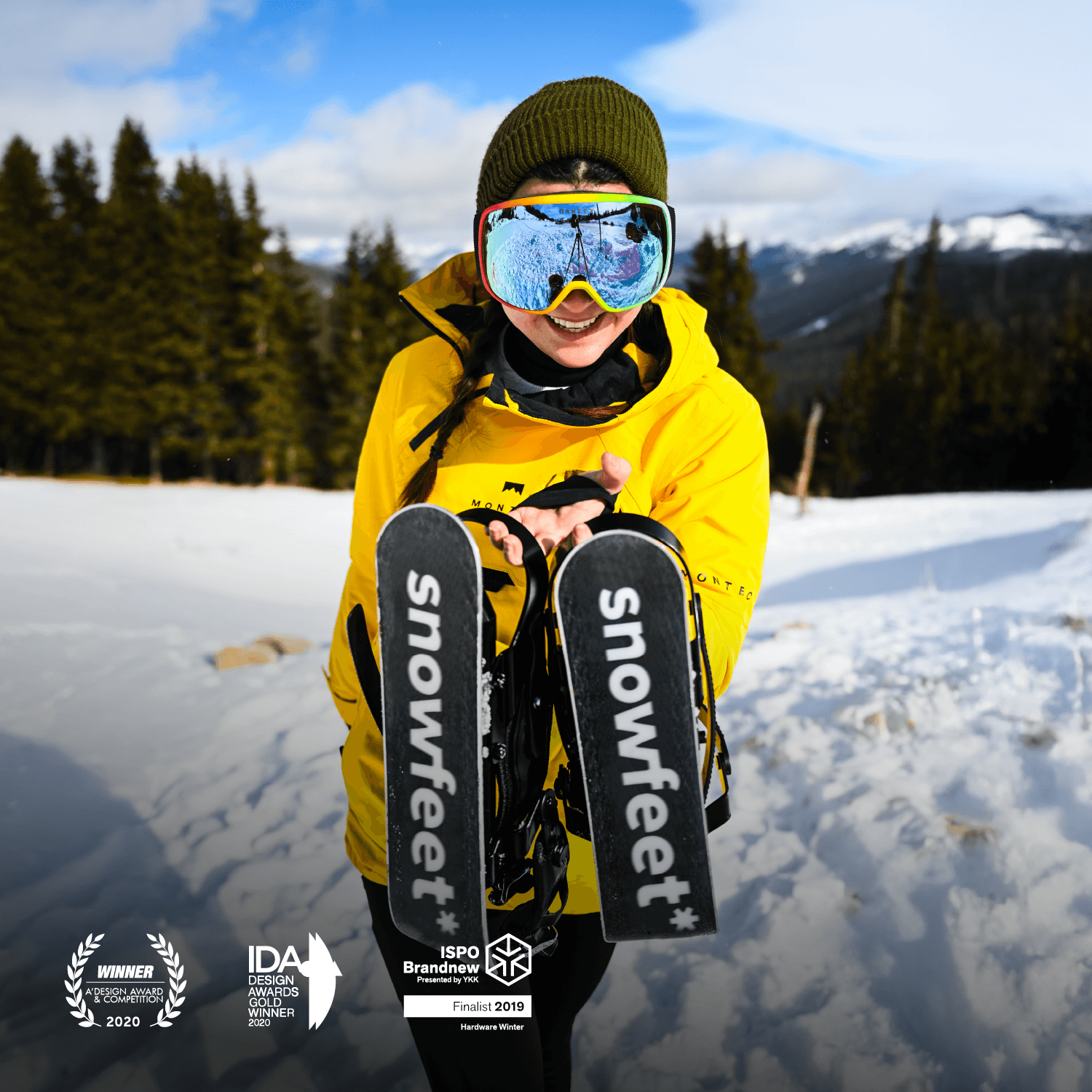
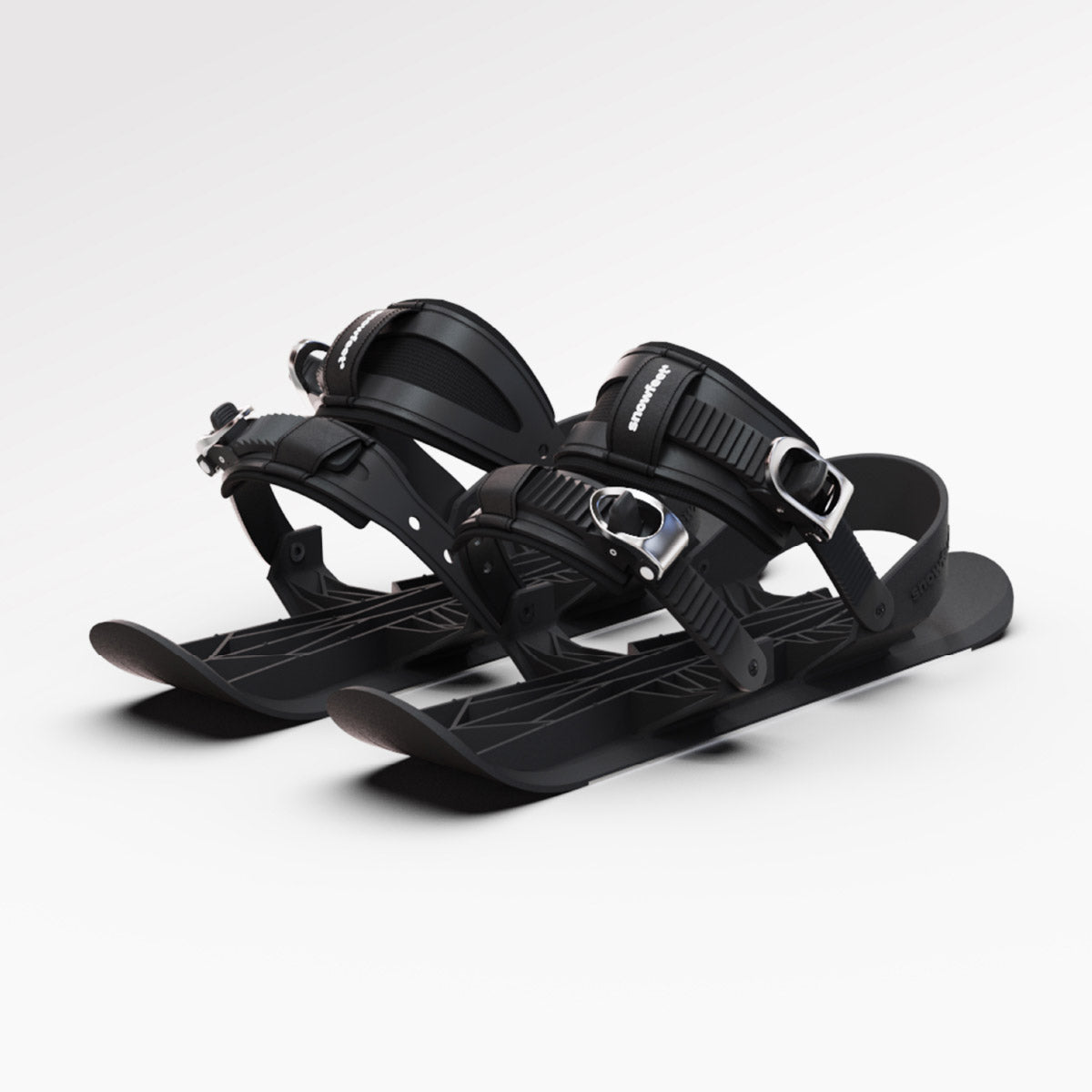
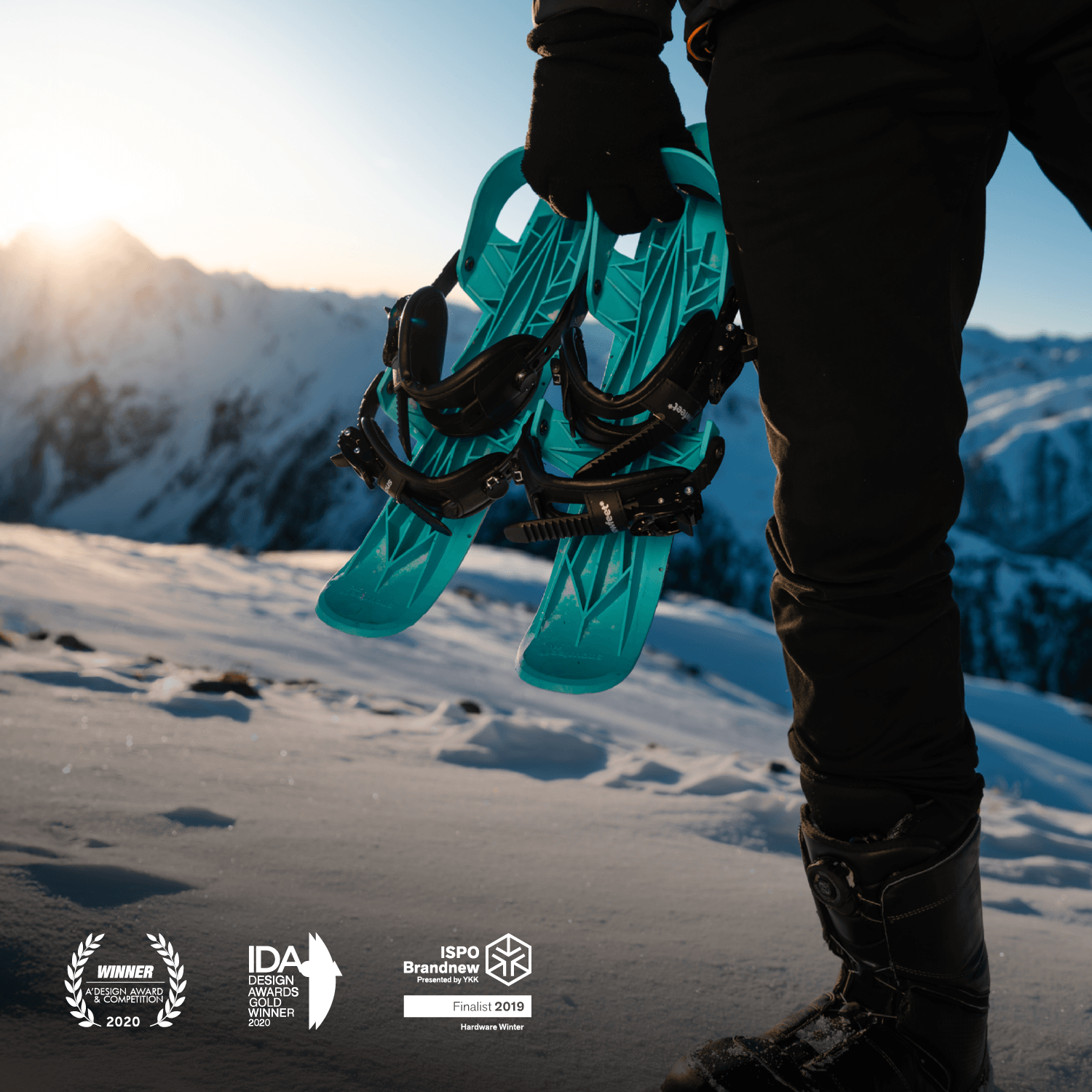
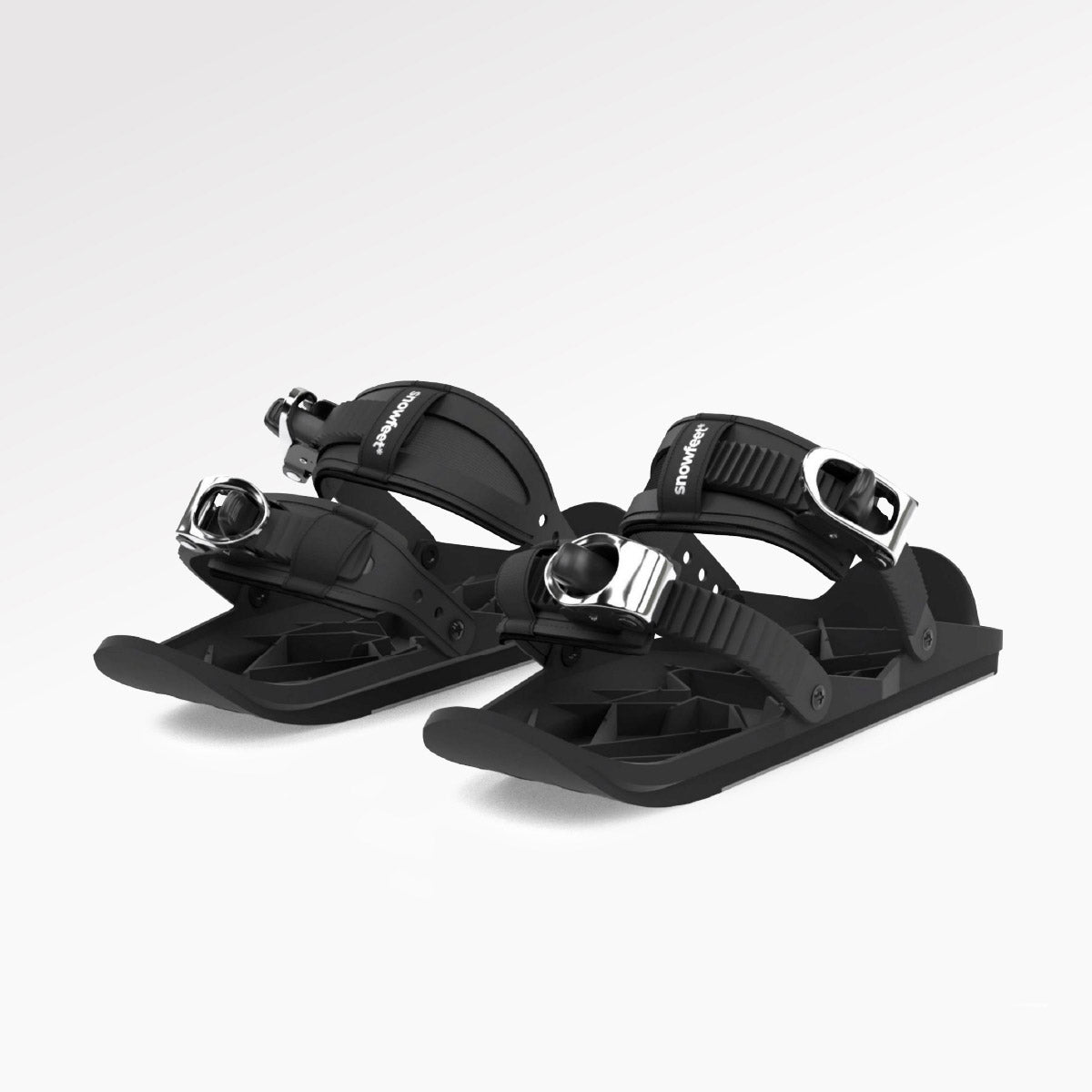
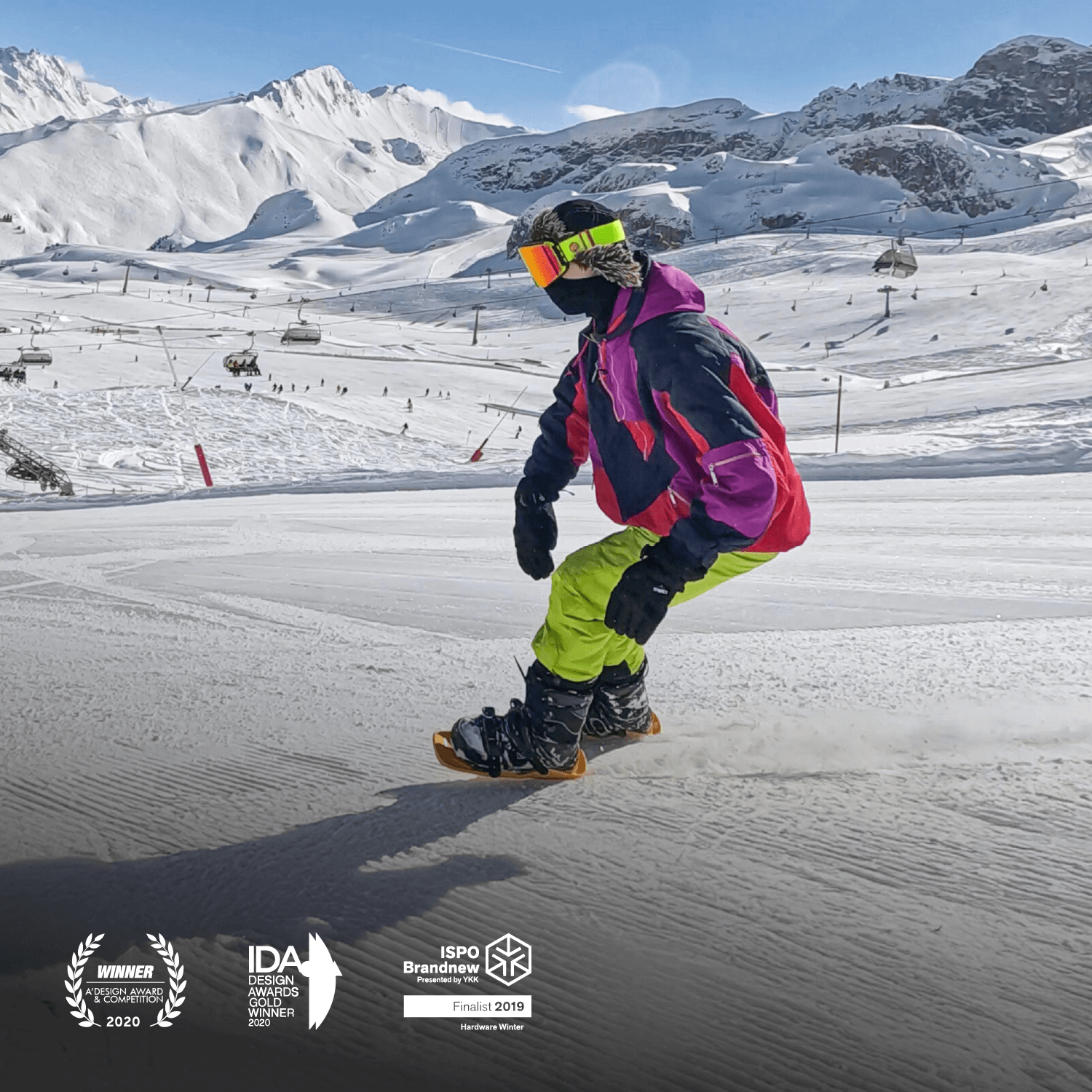
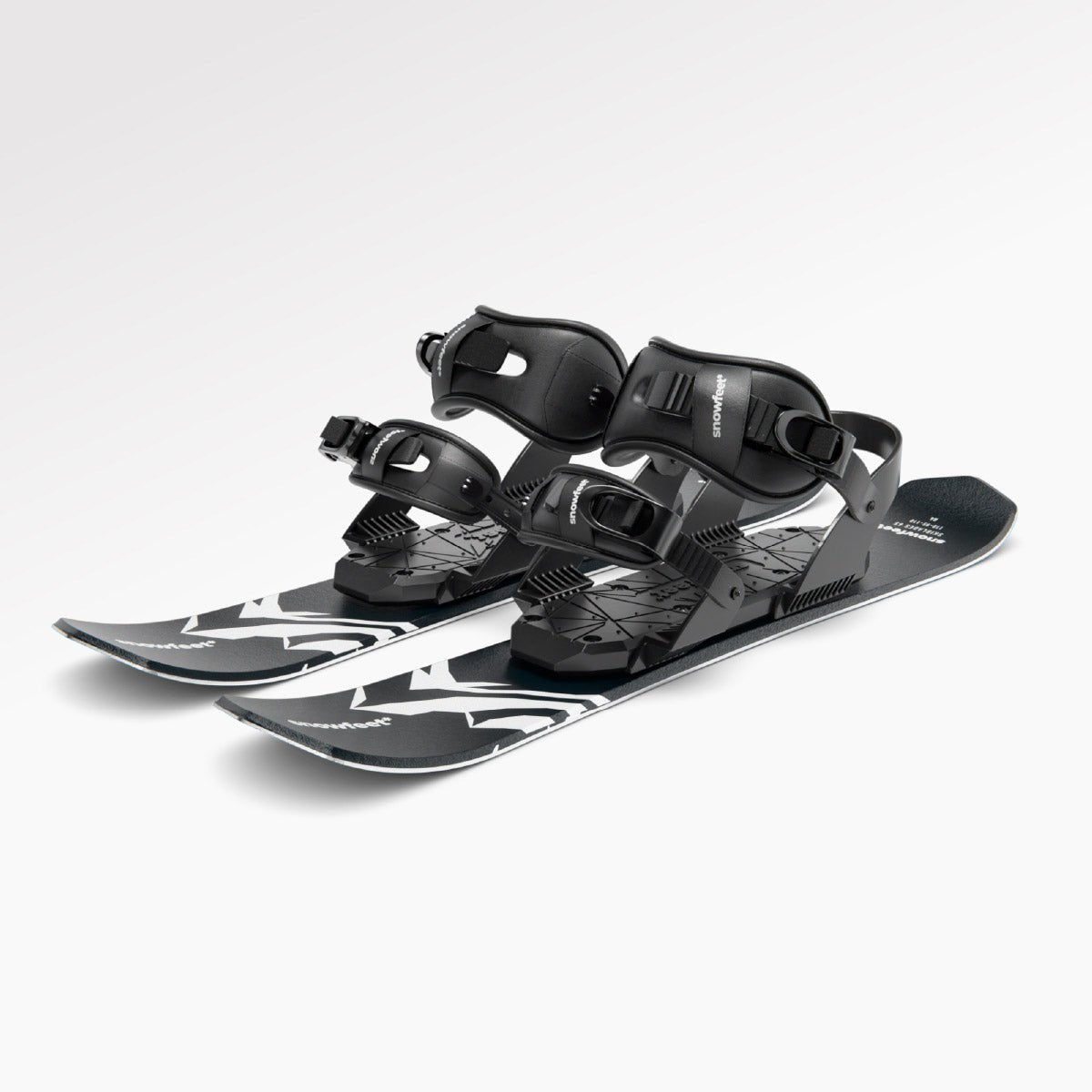
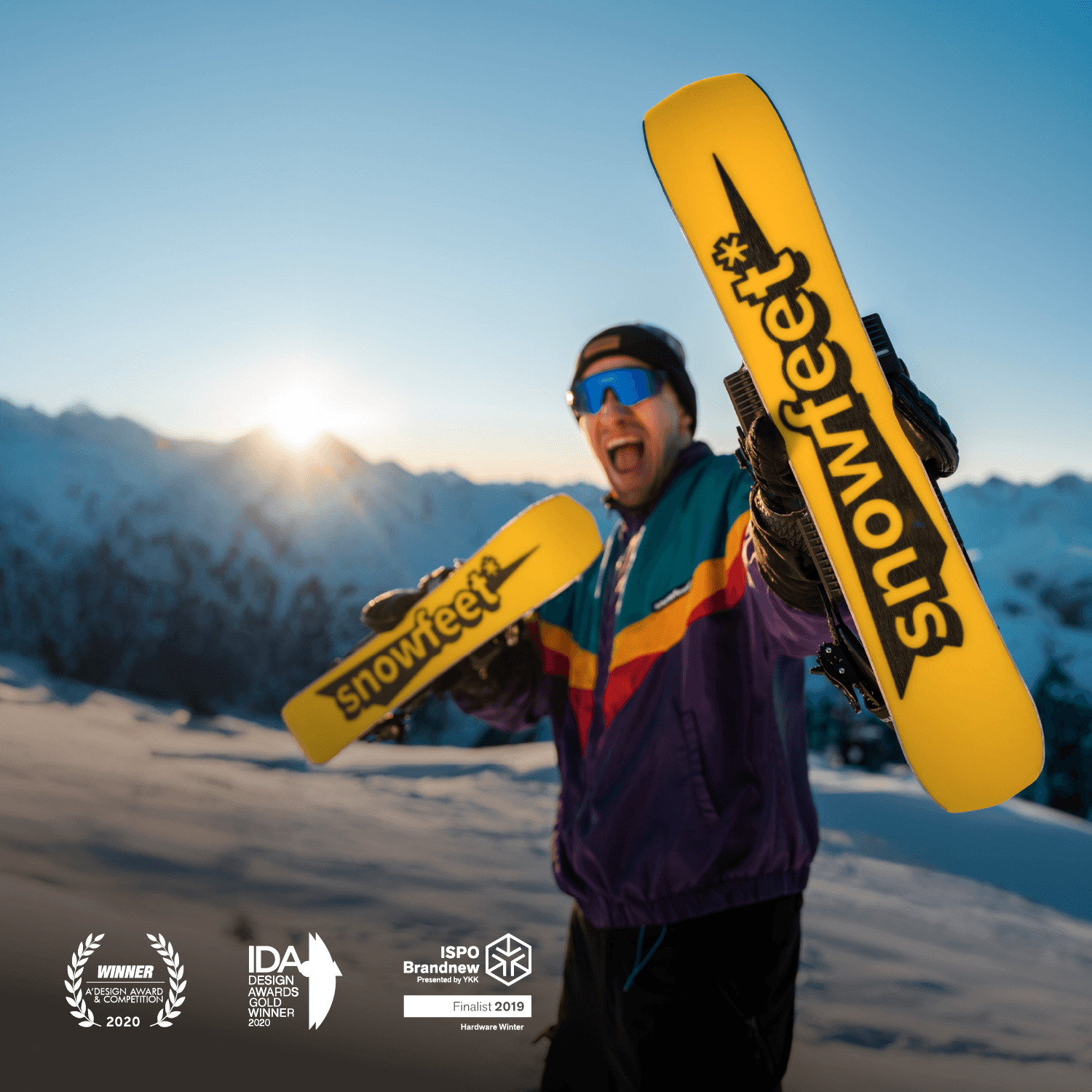
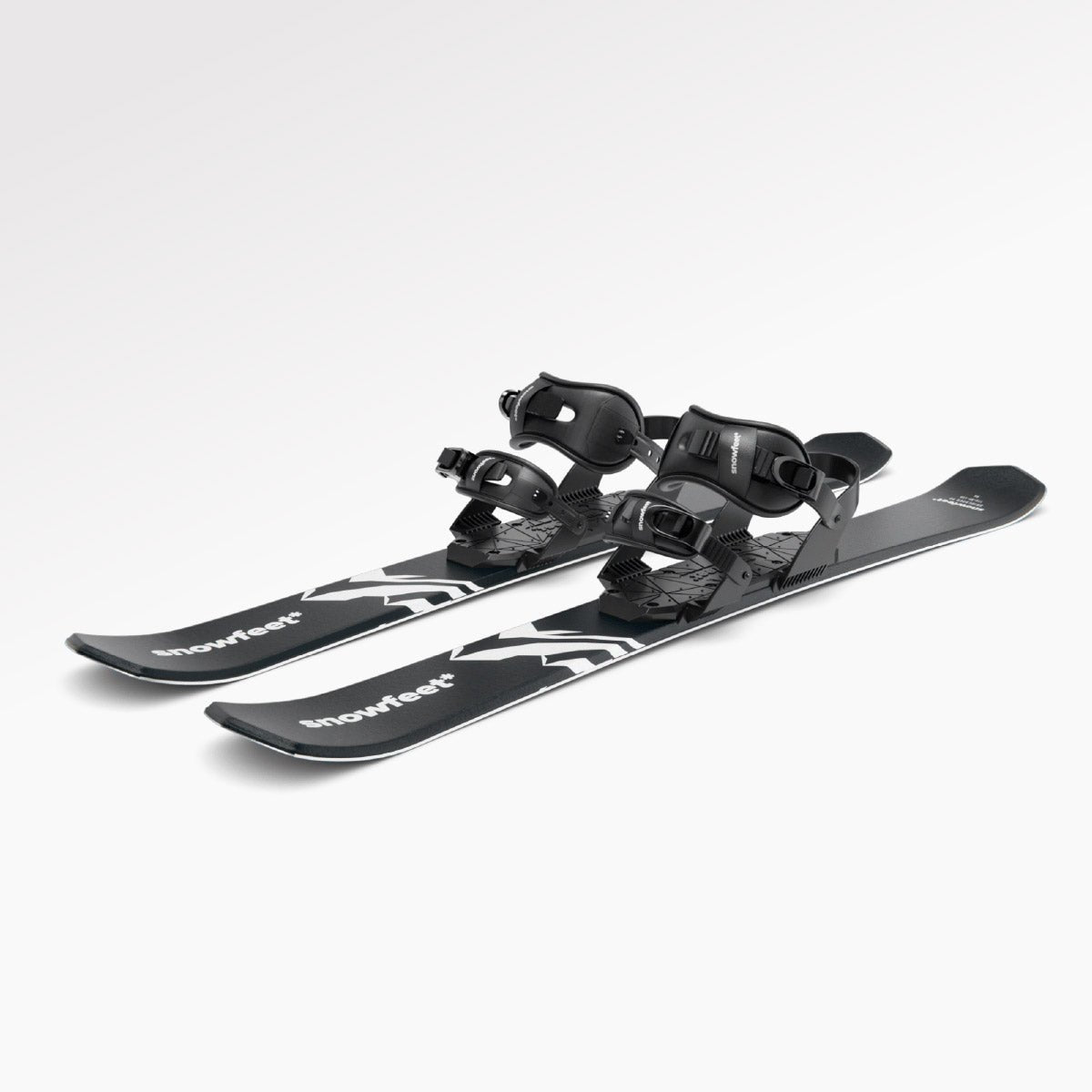
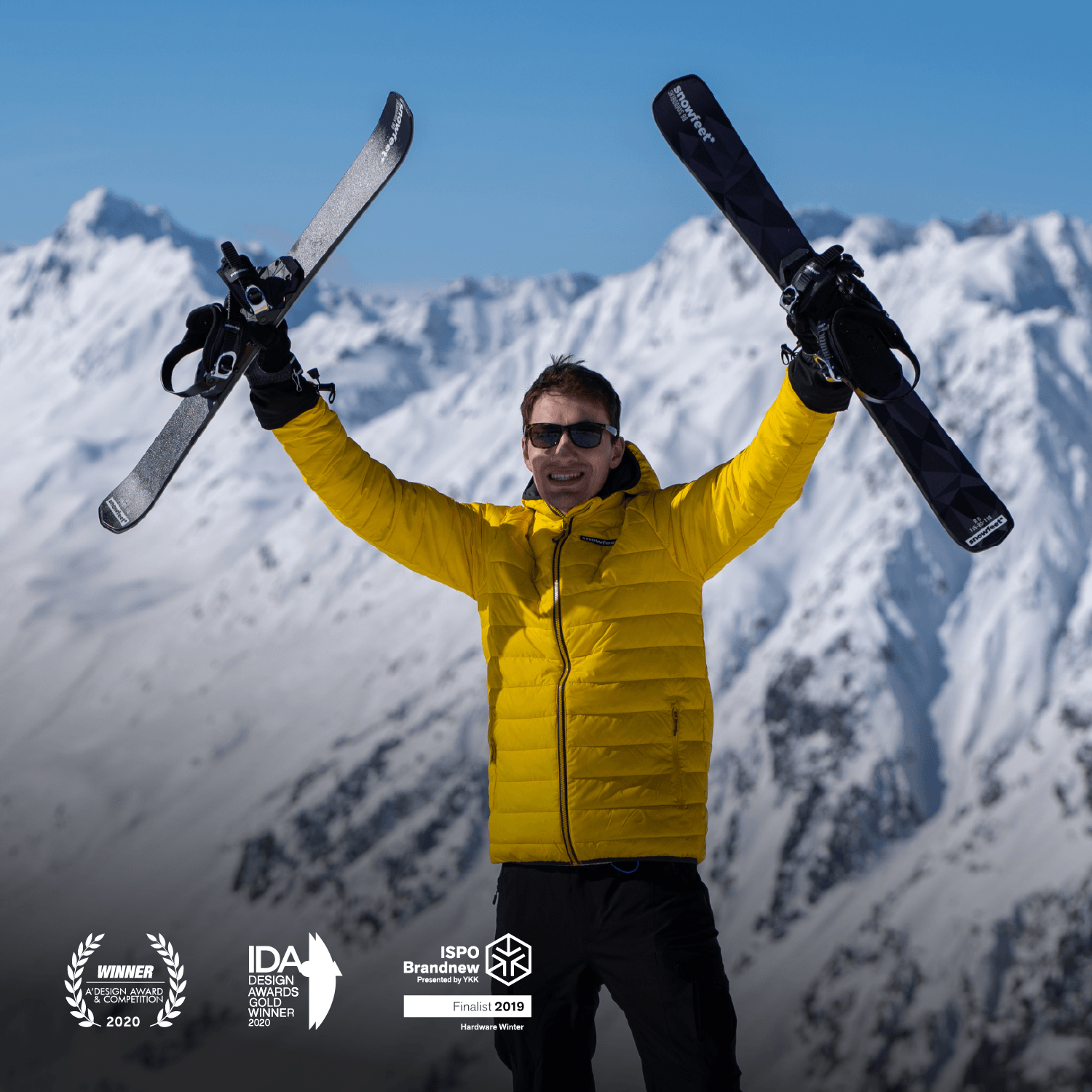
Hinterlassen Sie einen Kommentar
Diese Website ist durch hCaptcha geschützt und es gelten die allgemeinen Geschäftsbedingungen und Datenschutzbestimmungen von hCaptcha.